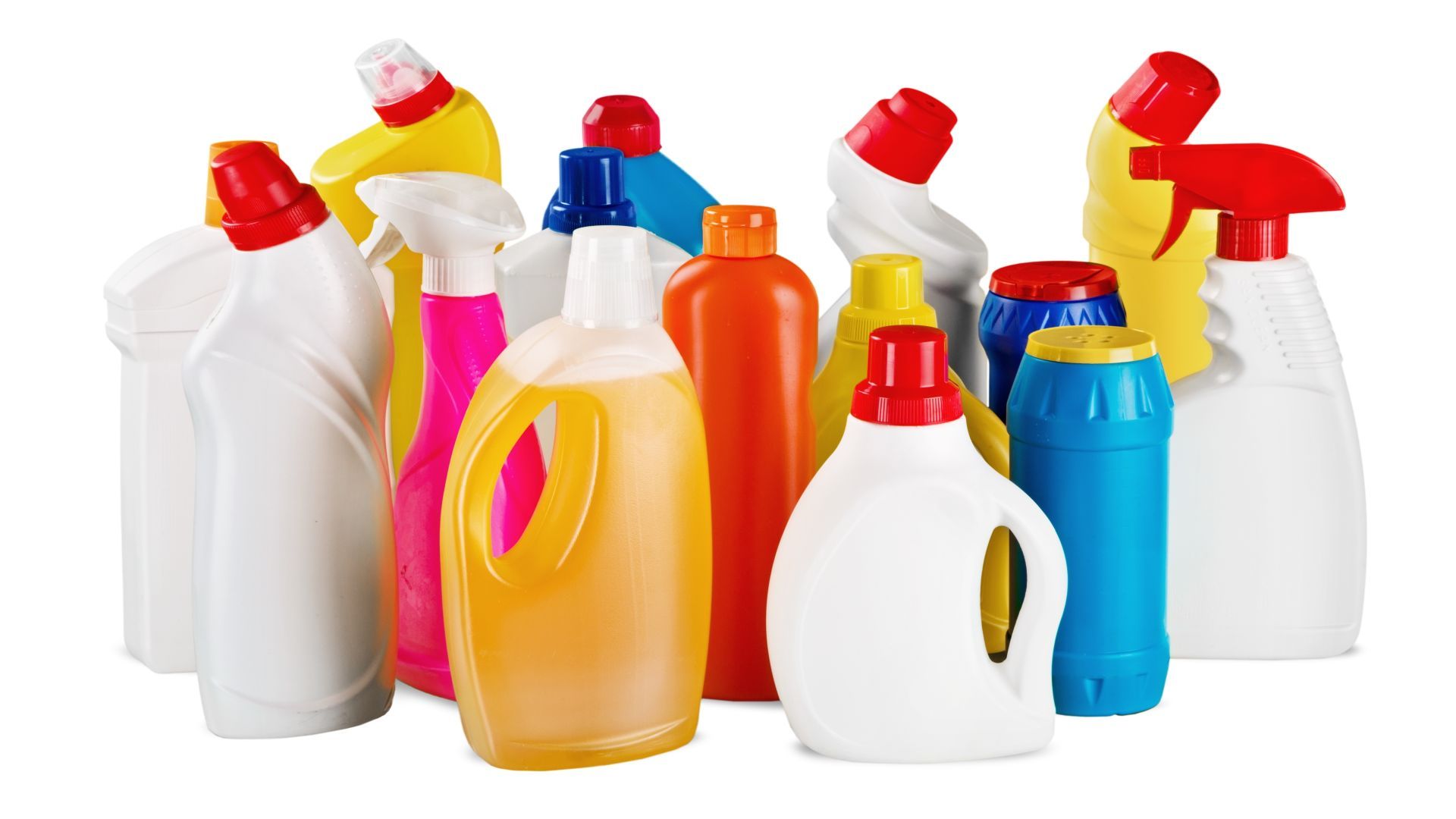Study Finds Some Disinfectants Inhibit Cell Energy and Alter Reproduction

A new in-vitro study by University of California, Davis, researchers indicates that quaternary ammonium compounds (quats), used as antimicrobial agents in common household products inhibit mitochondria, the powerhouses of the cell, as well as estrogenic functions in cells. Their findings will appear online Aug. 22 in Environmental Health Perspectives, a publication of the National Institute of Environmental Health Sciences.
Quats are used as antiseptics in toothpastes, mouthwashes, lozenges, nasal sprays, eye drops, shampoos, lotions, intravaginal spermicidal sponges and household cleaners, to name a few.
"Disinfectants that we are putting on and in our bodies, and using in our environment, have been shown to inhibit mitochondrial energy production and the cellular estrogen response," said biochemist Gino Cortopassi in the UC Davis School of Veterinary Medicine. "This raises concern because exposure to other mitochondrial-inhibiting drugs, such as rotenone and MPTP, is associated with increased risk for Parkinson's disease."
The study surveyed a collection of 1,600 compounds and drugs in household and pharmaceutical use, with multiple measures of mitochondrial function, and found that quats as a class inhibited mitochondrial function and estrogen signaling.
Mitochondria are critical cell structures that generate energy. Like a train delivering its payload among stations, electrons pass through five stations of the mitochondria to produce maximal cell energy. If the train is derailed at any of those stops, it can't deliver its payload of energy down the line for the cell to use.
The group also found that quats, at the same concentrations that inhibited mitochondria, inhibited estrogen signaling in cells. Estrogen is a sex hormone responsible for secondary sexual characteristics in females.
"Because exposure to quats is also interrupting the sex hormone estrogen response in cells, it could also potentially cause reproductive harm in animals or humans, and others have shown that quats cause reproductive toxicity in animals," Cortopassi said.
While the work at UC Davis has been conducted in cells, not in mammals, a group of researchers at Virginia Tech accidentally discovered a few years ago that quat exposure through a laboratory disinfectant caused reproductive toxicity and reduced fertility in mice. They also recently demonstrated a link between quats and neural tube birth defects in both mice and rats.
"Our study in cells provides a mechanism for their observations in laboratory animals," said Sandipan Datta, a postdoctoral scholar in Cortopassi's laboratory. "They demonstrated that quat exposure caused reproductive toxicity in both females and males. The anti-estrogenic effects we see in cells could explain the female reproductive toxicity they observed, such as less estrus cycles and lower breeding rates."
Quats have been widely used as topical antiseptics and disinfectants since the 1940s. Other antiseptic compounds, such as triclosan, have been withdrawn from the market after research in animal models showed they may impair muscle function.
Some companies have been looking to replace triclosan with quats, Cortopassi said, with the idea that they may be creating a safer product. The research demonstrates that may not be the safest alternative.
Cortopassi said it's important for his team to take this research to the next level in animal models. Additional studies are needed to determine how these chemicals may accumulate in tissues with regular use, and to understand if quat exposure affects health and disease in humans.
"This paper adds to the growing number of studies which find that quats may not be as safe as previously believed," said Terry Hrubec, associate professor at Edward Via College of Osteopathic Medicine-Virginia, and not a co-author on this study. "The fact that six out of the 10 most potent mitochondrial inhibitors were quats shows that this class of chemicals likely affects living systems. The results from this study are concerning because almost everyone is exposed to quats on a regular basis."
In addition to Cortopassi and Datta, collaborators include Gouchun He, Alexey Tomilov, Sunil Sahdeo and Michael Denison of UC Davis.
Funding for this study was provided by the National Institutes of Health.
Source: UC Davis
Vet IP Roundtable 2: Infection Control and Biosecurity Challenges in Veterinary Care
March 31st 2025Veterinary IPs highlight critical gaps in cleaning protocols, training, and biosecurity, stressing the urgent need for standardized, animal-specific infection prevention practices across diverse care settings.
Invisible, Indispensable: The Vital Role of AHRQ in Infection Prevention
March 25th 2025With health care systems under strain and infection preventionists being laid off nationwide, a little-known federal agency stands as a last line of defense against preventable patient harm. Yet the Agency for Healthcare Research and Quality (AHRQ) is now facing devastating cuts—threatening decades of progress in patient safety.
From Shortages to Security: How Reusable Health Care Textiles Can Transform Infection Prevention
March 7th 2025Reusable health care textiles enhance infection prevention, reduce waste, and strengthen supply chains. Hygienically clean textiles offer a sustainable, cost-effective alternative to disposable PPE, ensuring patient safety and environmental responsibility.